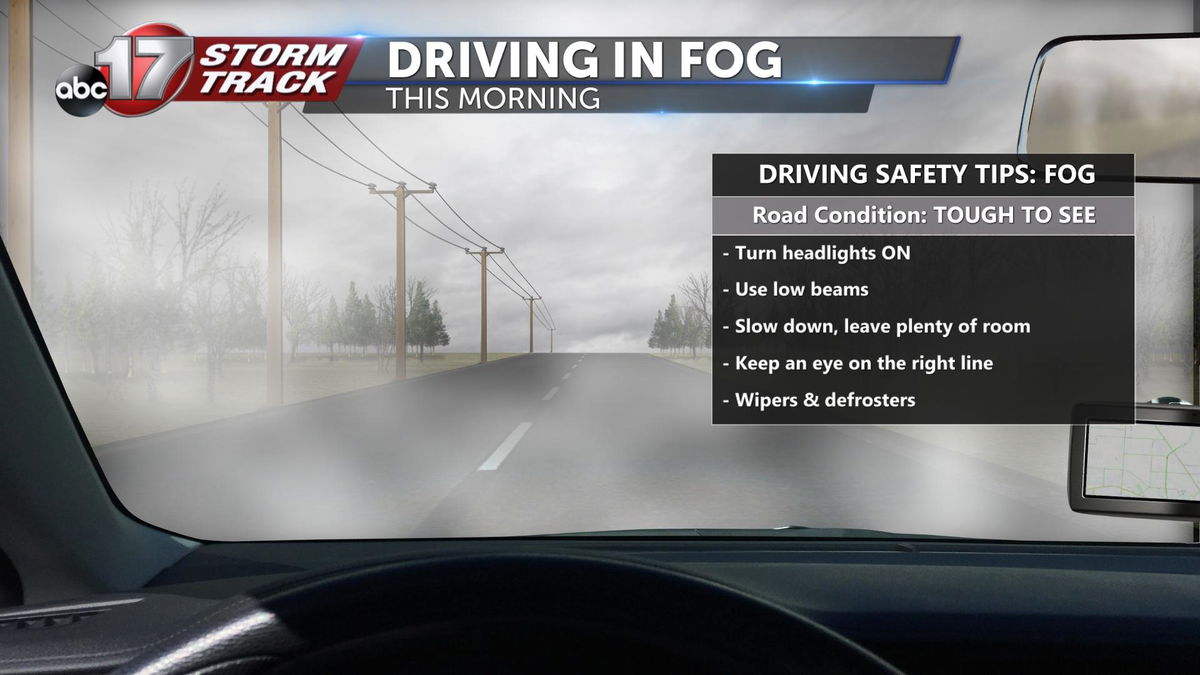What is fog?
If you were awake early this morning, you probably noticed the fog that had developed across the area. This fog reduced visibility for many of us. In mid-Missouri, we get to see a lot of weather. This last week alone, we’ve seen snow, rain, and just this morning we saw fog. Fog is one of those things that we often take for granted without actually knowing the science behind it. I wanted to show you the science behind one type of fog in tonight’s Insider.
There are eight types of fog: ice, precipitation, advection, steam, valley, upslope, freezing, and radiation fog. In the case of radiational fog, the sun heats the surface of the earth during the day. When night time comes, the energy from the daytime heating is released back into the atmosphere. This makes the air near the surface cool down. When the surface temperature cools to the dew point, water droplets can start to condense. This process forms radiation fog.
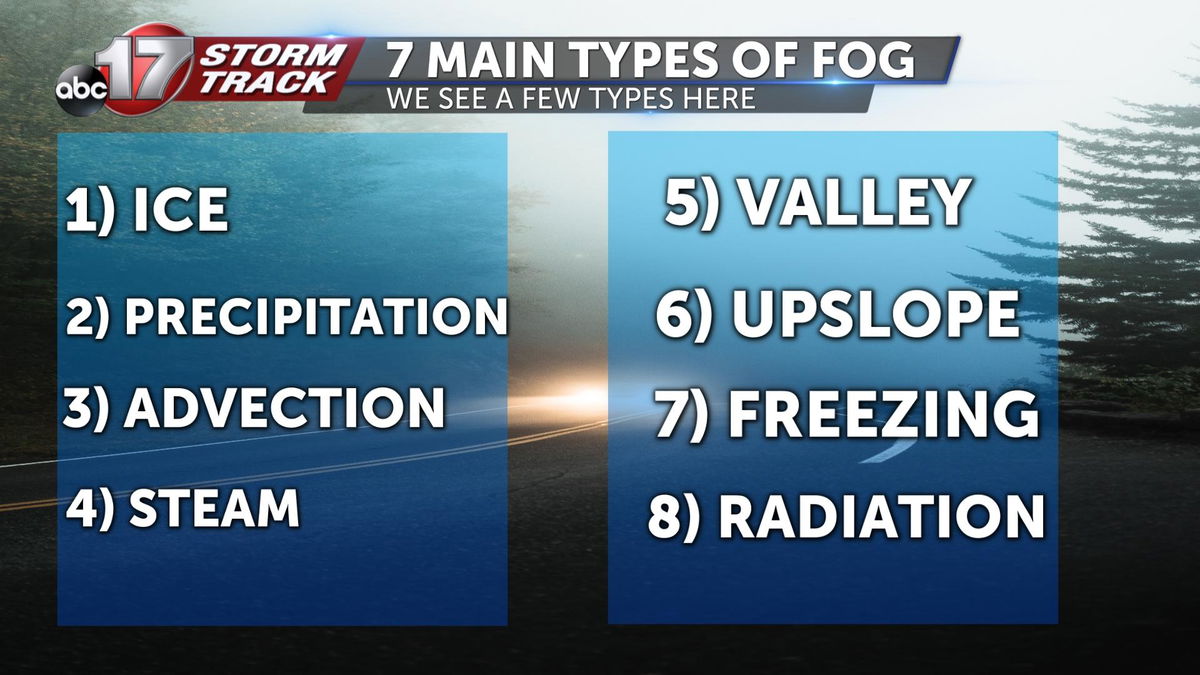
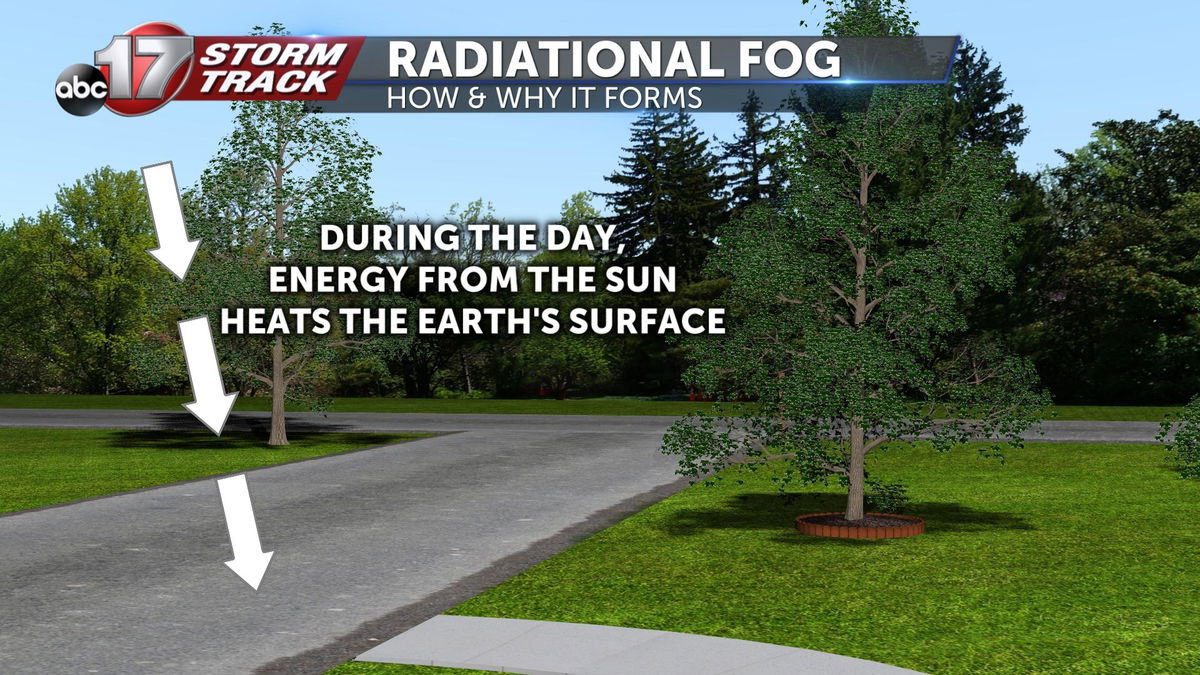
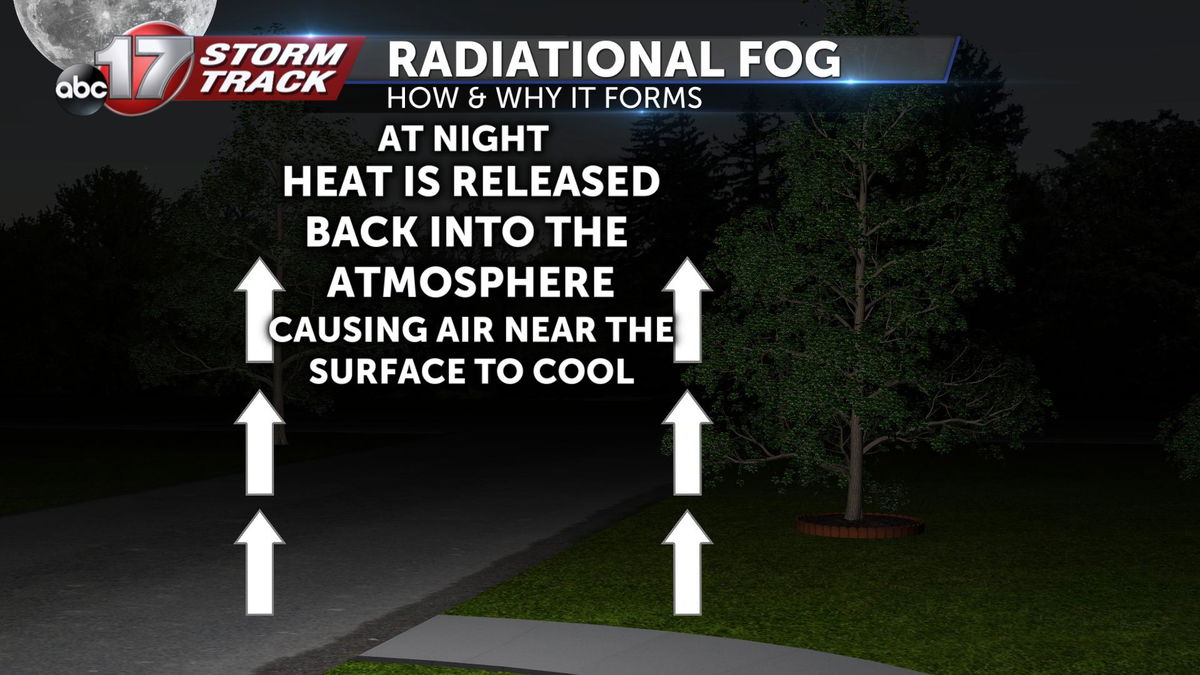

You may notice that fog often doesn’t last into the day. This is because the sunshine after sunrise helps to heat the surface air temperature yet again. Once that temperature is higher than the dew point, fog will start to burn off.
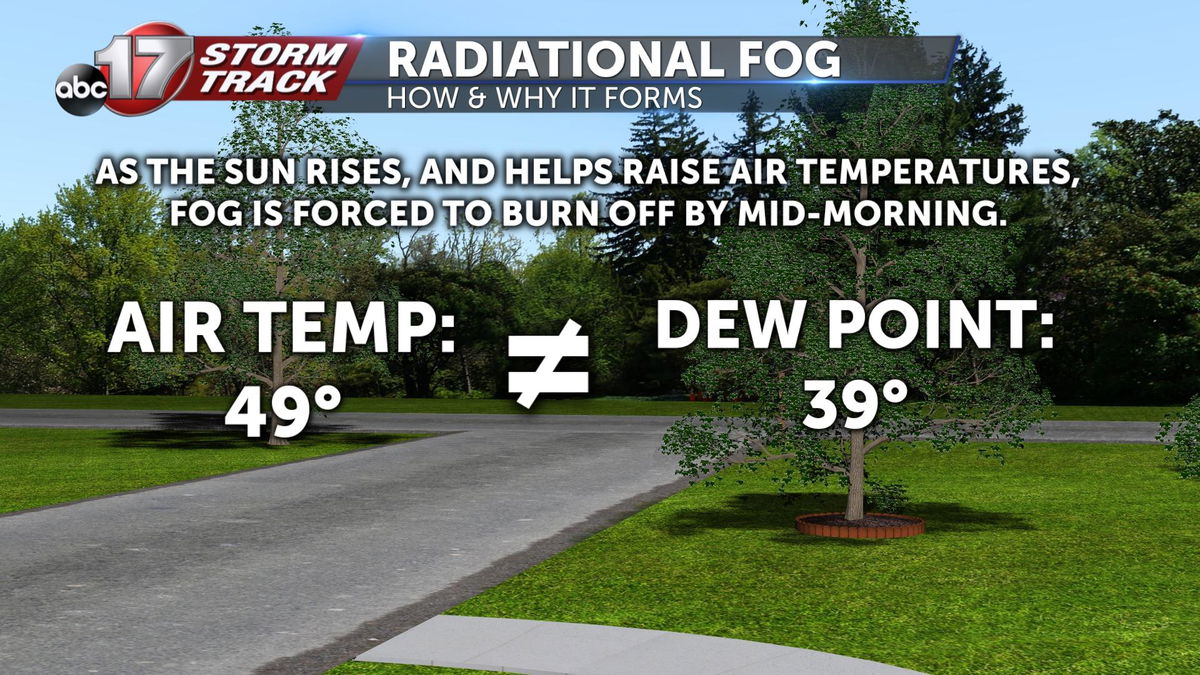
The main concern with fog is that it can drastically reduce visibility. Freezing fog can even create icy conditions on roadways. So how should you prepare for driving in fog? Turn on your low beams and allow for some extra time to get to your destination. It’s also not a bad idea to take things slow until visibility is restored.
